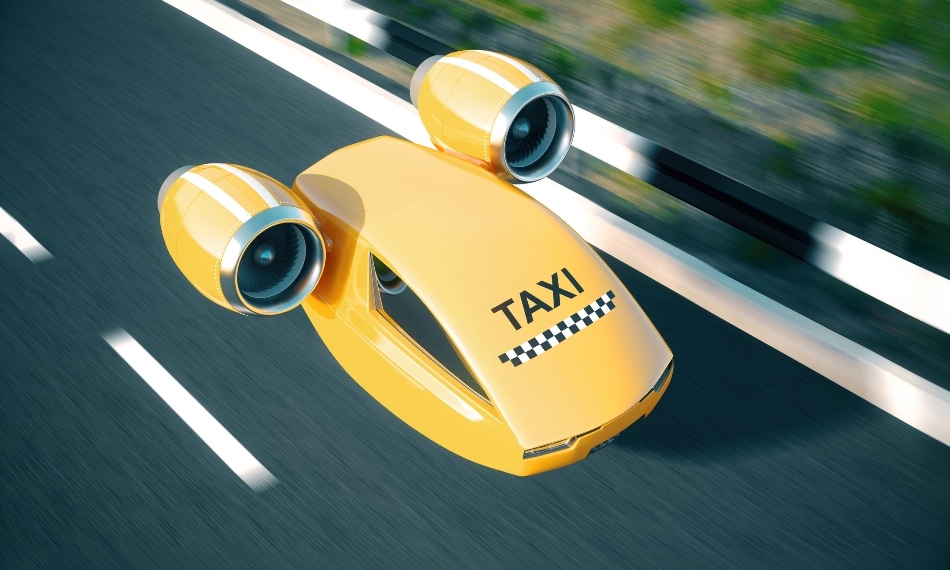May 10 2019
Aerospace startups and aviation giants are spending billions of dollars to develop driverless flying vehicles that can fulfill the increasing demand for quick and flexible travel and delivery.
 A new method from Purdue University could help with takeoff and landing for autonomous taxis and cargo carriers. (Image credit: Stock photo)
A new method from Purdue University could help with takeoff and landing for autonomous taxis and cargo carriers. (Image credit: Stock photo)
People who have tried navigating main metro areas such as Los Angeles or New York City would know the troubles related to sharing the roads and air with millions of other people.
It is estimated that the global drone logistics and transportation market will reach $29.06 billion by 2027. The autonomous aerial vehicle (AAV) with vertical takeoff and landing (VTOL) ability is one of the solutions presently under development. The technology, what some might refer to as a drone helicopter concept, is being tested to transport cargo and taxi passengers in due course.
Everyone is facing the same problem with weight in creating these types of vehicle. Drones require heavy batteries or lots of electrical components, which leaves little room for the actual payload.
Lizhi Shang, Postdoctoral Research Assistant, Purdue University
Shang works on the technology with Andrea Vacca, a professor of agricultural and biological engineering at Purdue University.
Shang stated that several current systems are also unstable, costly, unreliable, and not environmentally friendly. Shang and the research group at Purdue University developed a technique to employ fluid power technology for VTOL AAV.
The Purdue team members reported that their technology is an economical, recyclable, hydraulic propulsion system for the multi-rotor VTOL aircraft. The propulsion system employs hydrostatic transmission, lighter weight and more reliable option, to supply engine power throughout the rotors, offering thrust for the aircraft and enabling each of the rotors to rotate at different speeds.
The flight controller or human operator can separately control the speed of each motor with quicker response and can function at stable speeds, prolonging the lifetime of the engine. This offers aerodynamic lift as well as attitude control, eliminating the need for an extra moving control surface or weight shifting device and producing a more stable flight and more useful load.
“The critical advantage of this innovation is that it’s lightweight, which then can be translated as superior payload fraction, lower operation cost, longer flight distance and better controllability and maneuverability,” Shang stated. “For transmitting the same power with precise speed control, a hydraulic system is much lighter than an electric system, which is currently dominating the market.”
In order to patent the technology, Shang and the team have worked along with the Purdue Research Foundation Office of Technology Commercialization. They will exhibit their technique at the 2019 Purdue Technology Showcase on May 16. They are looking to license it and are searching for partners for further development.
The work aligns with Purdue’s Giant Leaps celebration, celebrating the global advancements in sustainability as part of Purdue’s 150th anniversary. It is one of the four themes of the year-long celebration’s Ideas Festival, intended to present Purdue as an intellectual center finding solutions to real-world problems.